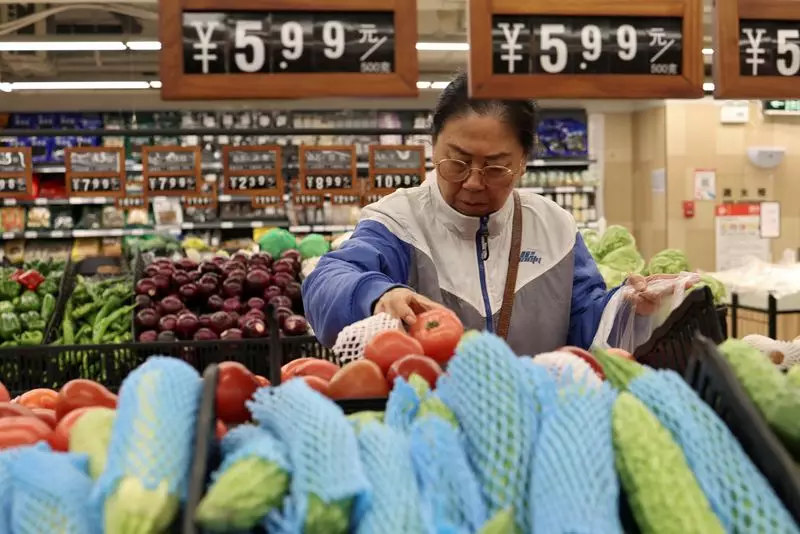China’s economy, the second largest in the world, is reportedly experiencing a slowdown, particularly during the third quarter of the year. According to various economic forecasts, the growth rate is expected to decline from 4.7% in the second quarter to approximately 4.5% in the July-September period. This downturn constitutes the weakest performance since the first quarter of 2023 and is largely attributed to a weak property market and lackluster consumer spending. As these ongoing challenges put pressure on policymakers, there is a palpable urgency for the implementation of stimulus measures to reinvigorate economic momentum and hold onto the government’s ambitious growth target of around 5% for 2024.
One of the significant factors contributing to the economic slowdown is the persistent weakness in the property market, which continues to affect related sectors. Experts caution that without effective measures to stabilize this key area, broader economic prospects will remain grim. Compounding the woes is the disparity between industrial production and domestic consumption, leading to heightened deflationary risks.
Furthermore, local government debt, which has reached concerning levels, exacerbates the overall economic malaise. Traditionally, Chinese authorities have relied on large-scale infrastructure projects and manufacturing investments to spur growth. However, the government has recently signaled a shift in focus towards stimulating domestic consumption, suggesting a fundamental change in strategy may be necessary to address ongoing economic challenges and enhance public confidence in the economy.
The economic indicators emerging for September present a mixed bag. Retail sales seem to be on an upward trajectory, indicating a potential rebound in consumer sentiment. In contrast, investments appear to have slowed, reflecting uncertainty among businesses and investors about the broader economic climate. Additionally, the recent dip in consumer inflation alongside a deepening producer price deflation only amplifies the concerns surrounding economic stability.
China’s recent trade statistics further complicate the narrative, as export growth sharply contracted, revealing vulnerabilities in what has been an otherwise bright spot for the economy. The forecasts for imports and exports have both fallen short of expectations, leading many analysts to suspect that manufacturers are resorting to price cuts in a bid to liquidate stock ahead of looming tariffs.
In response to these challenges, China’s finance minister recently indicated a plan to “significantly increase” the issuance of debt to stimulate growth, though specifics on the size of the prospective fiscal stimulus package remain elusive. Reports suggest that the country might issue about 2 trillion yuan in special sovereign bonds this year, coupled with an ambitious strategy to raise an additional 6 trillion yuan over the next three years, targeting the revitalization of the economy through expanded fiscal measures.
Furthermore, the People’s Bank of China has adopted the most aggressive monetary stimulus since the pandemic began, implementing interest rate cuts and injecting liquidity into the financial system. These moves are aimed primarily at supporting the struggling property sector and boosting stock market performance. Analysts predict further cuts to the one-year loan prime rate, along with reductions in banks’ reserve requirements, signaling that policymakers are prepared to take decisive action to stabilize the economy.
As China navigates this complex economic landscape, the integration of significant policy measures to foster consumption and stabilize the property market will be crucial. While short-term stimulus can yield immediate relief, fundamental structural reforms may also be necessary to ensure sustainable growth in the long run. As the government balances the dual challenge of stimulating economic activity while managing debt levels, the path forward appears fraught with challenges but also potential opportunities for a diversified economic recovery. The focus will now shift to the efficacy of these measures and whether they can indeed successfully rejuvenate China’s economic engine in the face of persistent global uncertainties.

